
The Harrier is a hunting dog that looks like a small English foxhound. The
head is in proportion to the over-all dog. It has low-set hanging ears which
are broad at the base that come to a rounded point and medium sized eyes that
are set well apart. It has a long curved upright tail and a neck that is likewise
long and strong with no excess skin. Its short coat is thick, hard and glossy.
Movement shows perfect coordination between front and hind legs. Its physique
is muscular, built with large bone for stamina and strength. It was developed
from several different hounds in England. Its name reveals its specialty-the
hare. It was considered the poor man’s alternative to foxhounds which
were used by the upper class in their practice of hunting with packs of dogs.
Life Expectancy:
12-14 years
Energy Level:
Average.
Living Conditions:
No apartments. Best for rural life.
Barking:
Average.
Exercise Needs:
At least 30 minutes of outdoor activity.
Breed Group:
Hound
Size:
Medium
Height:
19 to 22 inches
Weight:
48 to 60 pounds
Standard Hair Colors:
Black, tan and white
National breed club:
The Harrier Club of America
Harriers were originally developed to hunt hare in packs. They were also extensively used in fox hunting. It is an excellent scent hound, able to work tirelessly regardless of terrain. It has proven its adaptability by being a wonderful pet, a show dog, a competitor for agility trials and an excellent performer in the obedience and tracking competitions. The breed is particularly useful in drag hunts where a dog’s speed is not a major consideration.
Being a working pack breed, Harriers are outgoing and friendly and are able to work closely with other hounds. However, supervision is required if put together with non-canine pets unless they were raised together from puppy hood. It likes life in a pack with people or dogs but shows more preference for the latter. They can be quite independent, willful and stubborn at times. They display great determination while tracking and cannot be easily swayed from their purpose.
Regular exercise is necessary for a Harrier. It is prone to destructiveness when not provided with adequate exercise. Daily walking will suffice but having a backyard for its outdoor activities will even be better. It appreciates occasional changes in scene, scent and company.
Apartment life is not recommended for Harriers. They thrive best living on areas with acreage. A rural environment is the most suitable but it will find a house with a fenced yard acceptable. A well-fenced yard is a must due to its strong instinct to track scents and roam, possibly even to great distances. It is able to adapt to almost all types of climates.
Harriers require minimum coat care. A harsh cloth can be used for a routine rubdown. It can be followed by a massage to release dead hairs. Give periodic attention to ear and nail care.
A Harrier belongs to a generally healthy breed but is subject to acquired problems and diseases affecting the other breeds. It has very few genetic concerns but may be prone to hip dysplasia, hypothyroidism and some eye diseases.
...but would prefer a bigger dog, then the English Foxhound, the Harrier’s look-alike is a natural choice. Both breeds were originally bred for hunting and both exhibit the admirable ability to get along together in packs, notwithstanding their strength and courage.
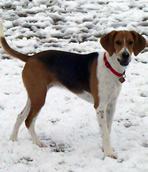
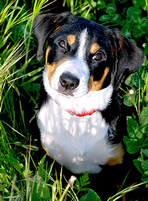 Entlebucher Mountain Dogs: A guide to dogs and puppies of the Entlebucher Mountain Dog breed
The Entlebucher Mountain Dog!
Also known as the Entlebucher
Entlebucher Mountain Dogs: A guide to dogs and puppies of the Entlebucher Mountain Dog breed
The Entlebucher Mountain Dog!
Also known as the Entlebucher
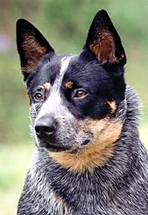 Australian Cattle Dogs: A guide to dogs and puppies of the Australian Cattle Dog breed
The Australian Cattle Dog!
The Australian Cattle Dog came a
Australian Cattle Dogs: A guide to dogs and puppies of the Australian Cattle Dog breed
The Australian Cattle Dog!
The Australian Cattle Dog came a
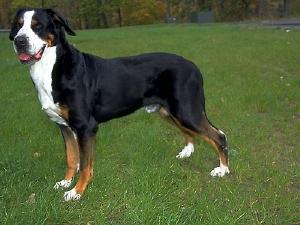 Greater Swiss Mountain Dog
Greater Swiss
Greater Swiss Mountain Dog
Greater Swiss
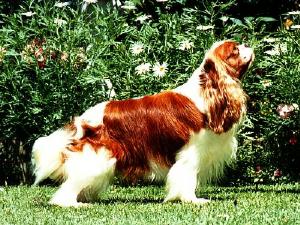 Cavalier King Charles Spaniel
Cavalier King
Cavalier King Charles Spaniel
Cavalier King
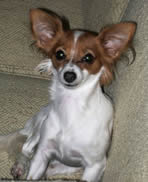 Chihuahuas: A guide to dogs and puppies of the Chihuahua breed
The Chihuahua!
The Chihuahua is known by its small size, bi
Chihuahuas: A guide to dogs and puppies of the Chihuahua breed
The Chihuahua!
The Chihuahua is known by its small size, bi
Copyright © 2005-2016 Pet Information All Rights Reserved
Contact us: www162date@outlook.com